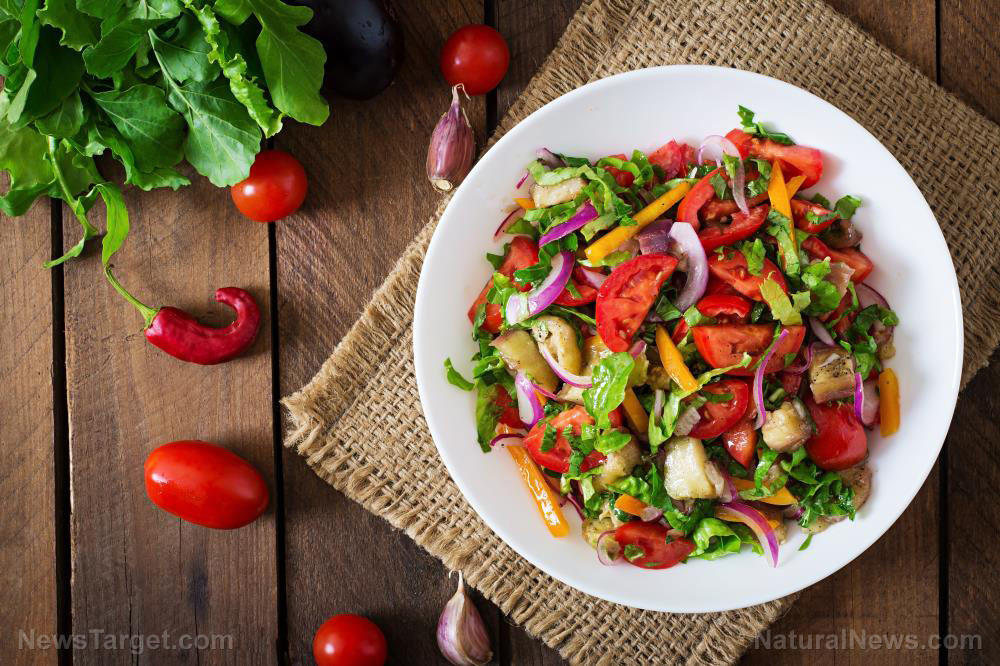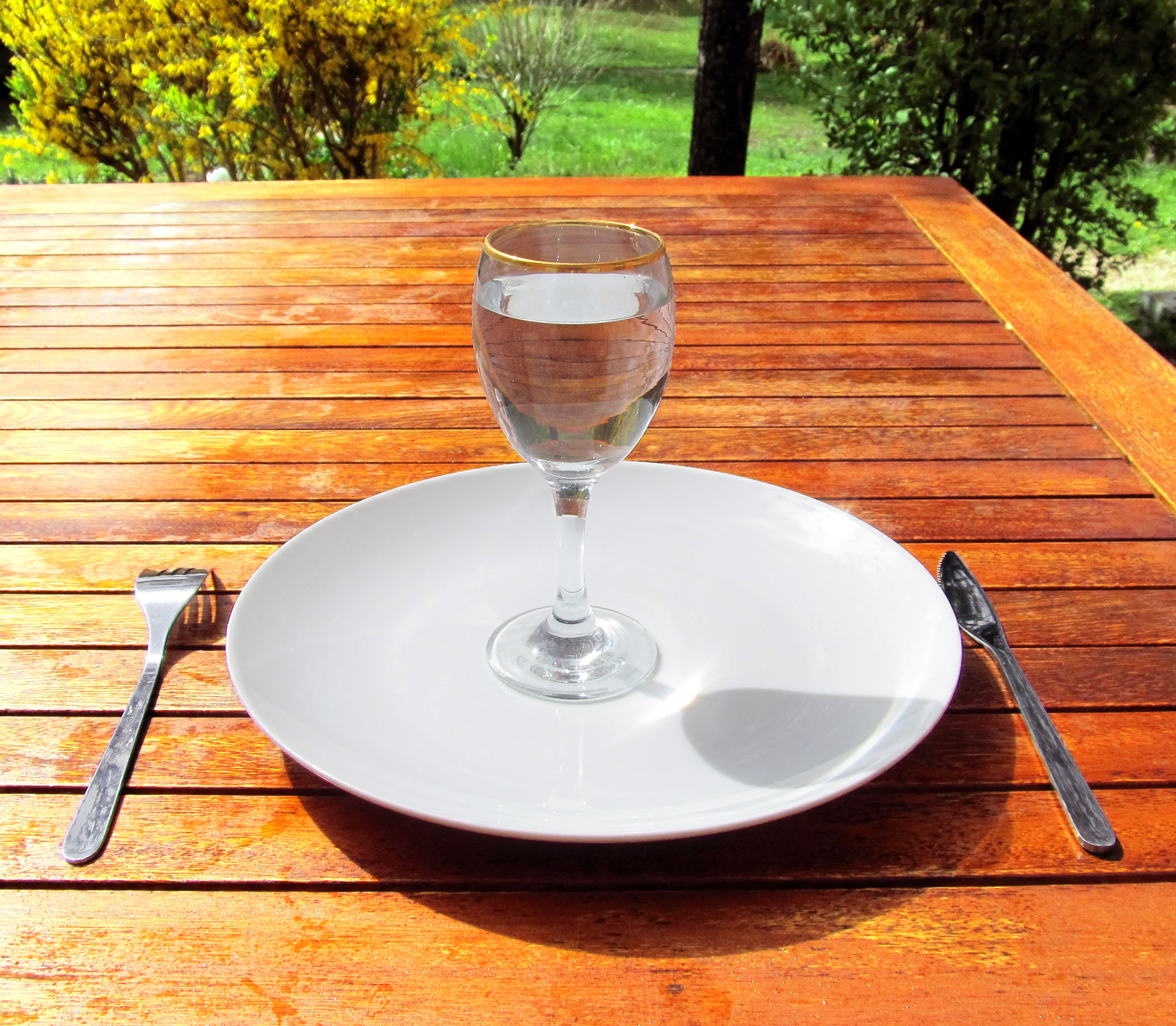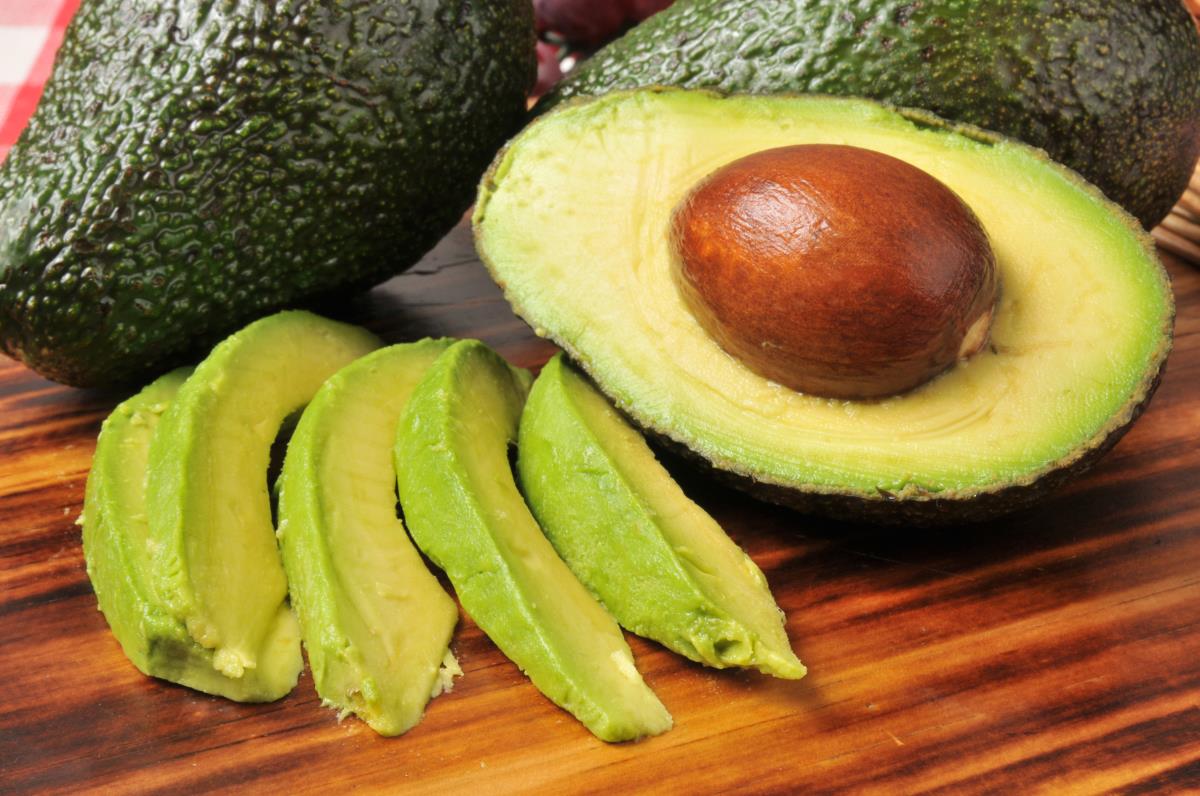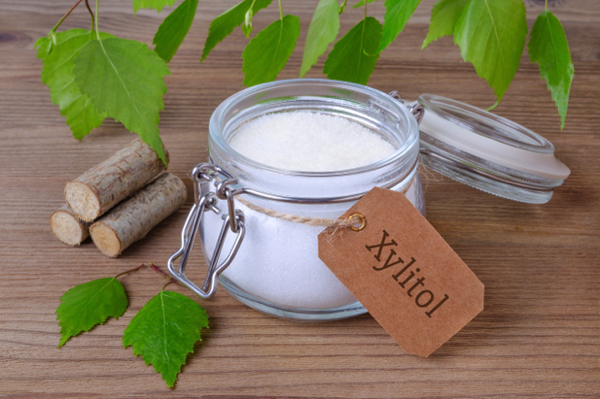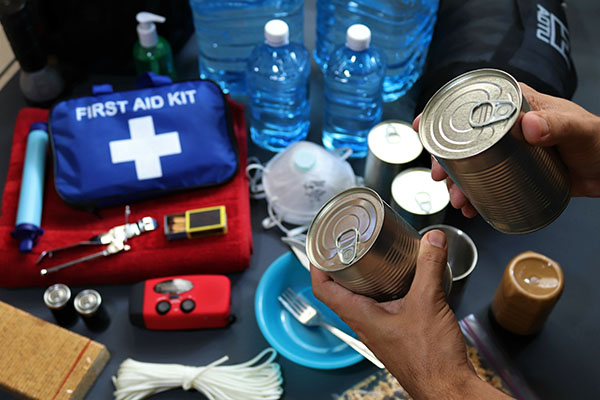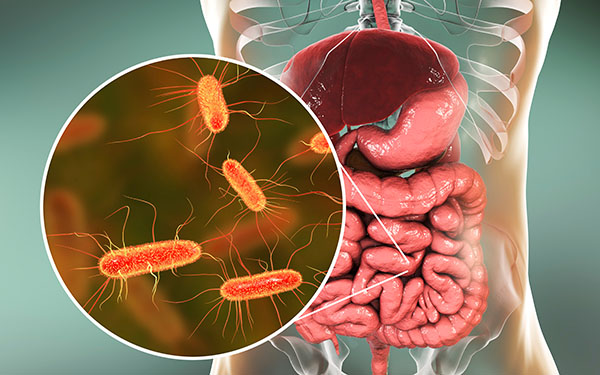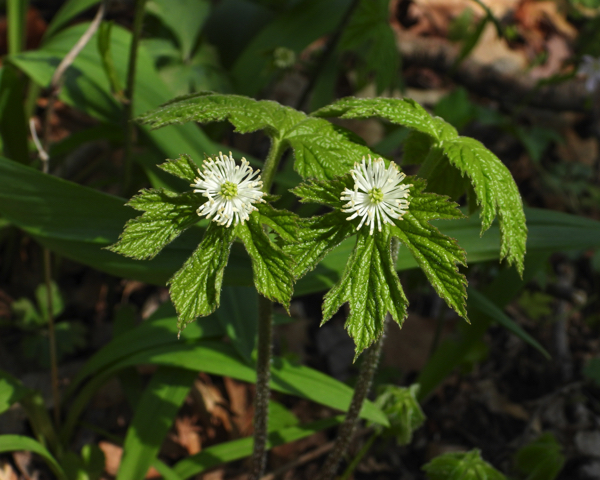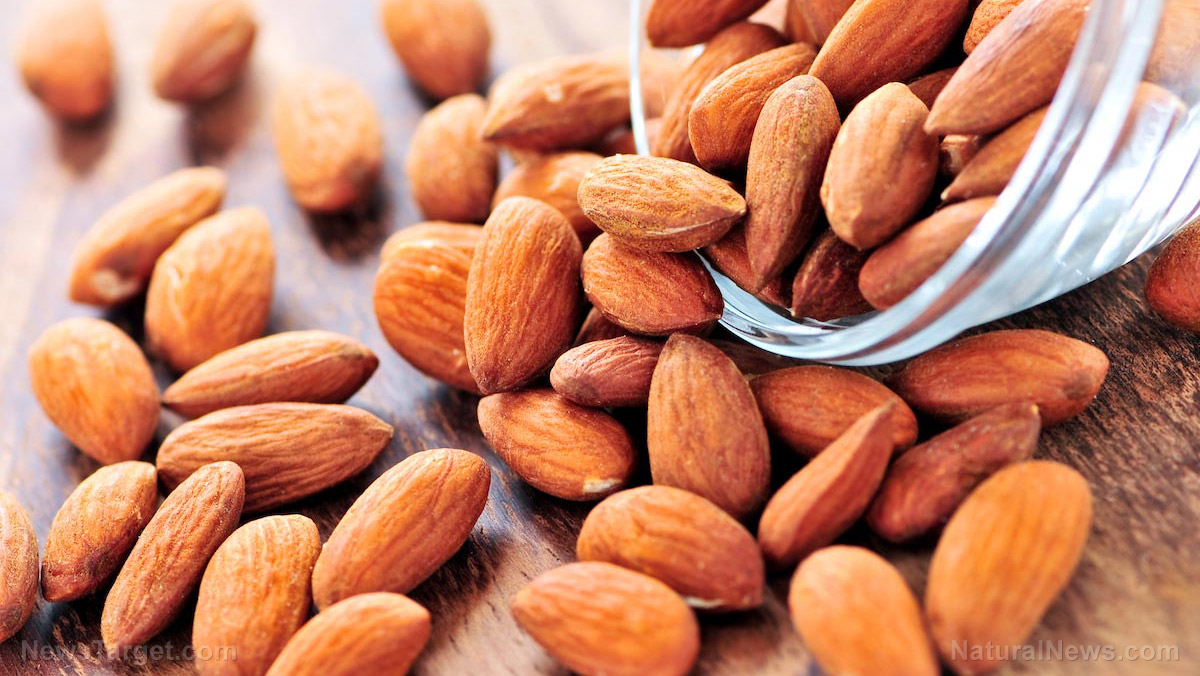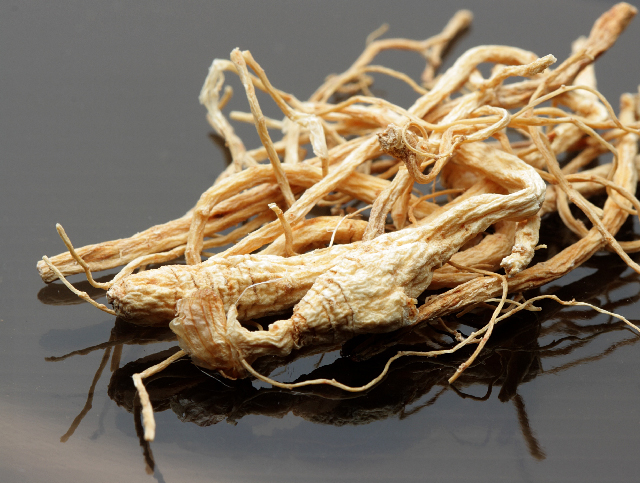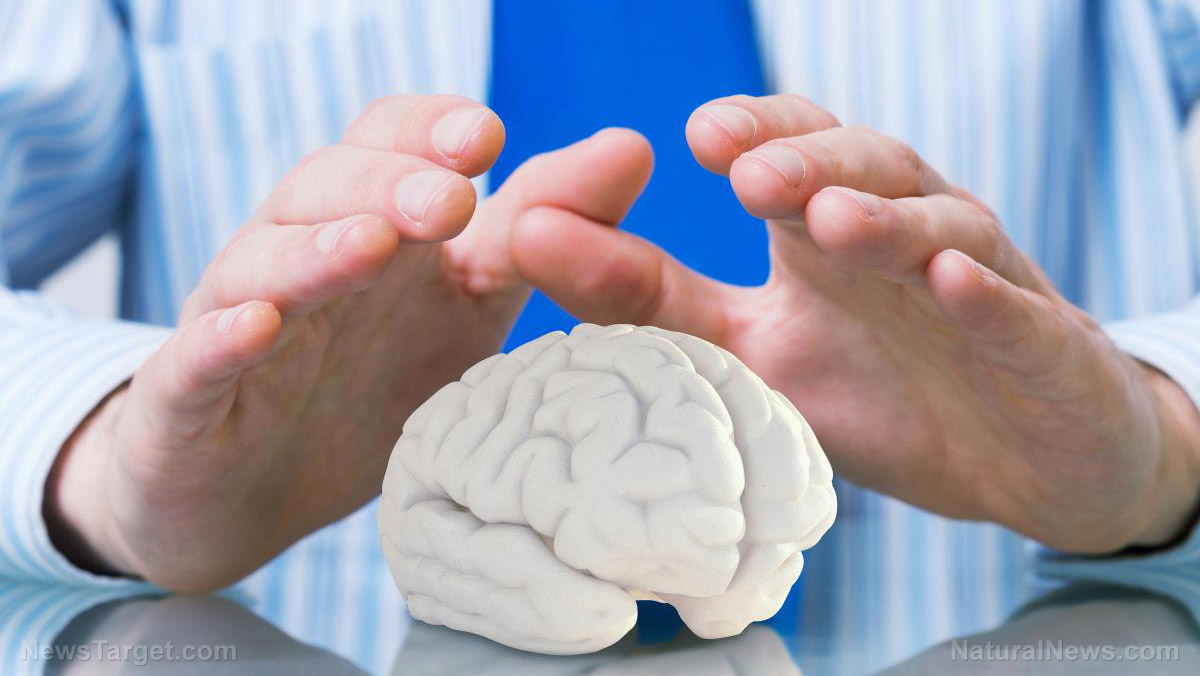Paul Pitchford’s “Healing with Whole Foods” reveals the transformative power of food
06/20/2025 / By Ramon Tomey

- Paul Pitchford’s “Healing with Whole Foods: Asian Traditions and Modern Nutrition” blends ancient Eastern dietary wisdom with modern nutritional science, presenting food as medicine and emphasizing personalized dietary choices for optimal health.
- The book introduces key principles like yin-yang (detoxifying vs. building foods) and the Principle of Extremes, illustrating how dietary balance mirrors natural equilibrium for well-being.
- It bridges Western macronutrient focus (proteins, fats) with Eastern energetic qualities (warming, cooling foods), offering a nuanced approach to food therapy.
- Pitchford advocates for whole grains, vegetables, legumes and diverse natural foods as dietary staples, highlighting their healing properties and adaptability to individual needs.
- His work provides actionable advice on transitioning diets, managing detox reactions and leveraging antioxidants to counteract free radicals while supporting immune health.
Paul Pitchford’s “Healing with Whole Foods: Asian Traditions and Modern Nutrition” is not merely a book. It is a profound exploration of how food can serve as medicine, blending ancient Eastern wisdom with modern nutritional science to offer a holistic approach to health.
This groundbreaking work has inspired countless individuals to rethink their relationship with food, emphasizing its healing potential and the importance of personalized dietary choices. It emerged from Pitchford’s deep study of both Western and Eastern dietary traditions, reflecting a growing recognition in the late 20th century of food’s role in health.
A pivotal moment came when the U.S. Surgeon General acknowledged the dangers of poor eating habits, linking them to heart disease, stroke, diabetes and even cancer. Pitchford’s work builds on this understanding, arguing that dietary changes rooted in ancient principles can lead to remarkable improvements in well-being. Rather than promoting a one-size-fits-all diet, the book encourages readers to identify foods that address their unique imbalances and enhance vitality.
At the heart of “Healing with Whole Foods” is the integration of Oriental traditions with contemporary nutrition. Pitchford introduces food therapies as a slow but profound way to influence the body’s systems, contrasting them with the quicker effects of herbs or medicines. The book serves as a guide for self-diagnosis, helping readers discern which foods best suit their constitution and health needs.
A key concept is the yin-yang principle, which categorizes foods based on their properties – detoxifying foods for those with excess toxins, building foods for deficiencies and so on. This system remains effective even without a formal medical diagnosis, offering a practical framework for dietary choices.
The Principle of Extremes further enriches the book’s philosophy, illustrating how balance is achieved through opposites. For instance, extreme activity leads to rest, and extreme age often brings a return to childlike qualities. This principle underscores the dynamic interplay of forces in nature and the body, reinforcing the idea that health is about equilibrium.
Pitchford also bridges Eastern and Western food therapies. He highlighting how the West focuses on macronutrients like proteins and fats, while the East emphasizes food’s energetic qualities – warming, cooling, moistening or calming. Understanding these subtleties, he argues, is essential for using food as medicine.
Central to Pitchford’s approach is a diet centered on whole grains and vegetables, staples of traditional diets worldwide. He celebrates the healing attributes of complex carbohydrates and advocates for a diverse intake of grains, legumes, sea vegetables, nuts and seeds.
Rather than rigid rules, the book encourages flexibility, helping readers find combinations that work for their bodies. Practical advice on dietary transition is another strength, acknowledging the challenges of change and offering guidance on managing detoxification reactions.
The book also delves into the science of free radicals, explaining their dual role in immunity – both destructive and necessary. Pitchford emphasizes the importance of antioxidants, abundant in whole foods, to mitigate free radical damage and support immune balance. Detailed explorations of individual foods, like the cooling effects of cucumbers or the warming properties of ginger, provide readers with actionable insights into food’s therapeutic potential.
Ultimately, “Healing with Whole Foods” is a roadmap to vibrant health, urging readers to see food as a transformative force. Whether seeking to heal, prevent illness or simply deepen their understanding of nutrition, readers will find this book an invaluable resource. Pitchford’s work is a testament to the power of food as medicine, inviting us all to nourish ourselves with intention and wisdom.
Watch this video about the book “Healing with Whole Foods: Asian Traditions and Modern Nutrition” by Paul Pitchford.
This video is from the BrightLearn channel on Brighteon.com.
Sources include:
Submit a correction >>
Tagged Under:
#nutrition, alternative medicine, antioxidants, Cures, Diets, Eastern medicine, food cures, food is medicine, Free radicals, Healing with Whole Foods: Asian Traditions and Modern Nutrition, natural cures, natural health, natural medicine, Paul Pitchford, Principle of Extremes, remedies, yin & yang
This article may contain statements that reflect the opinion of the author
RECENT NEWS & ARTICLES
COPYRIGHT © 2017 NATURAL MEDICINE NEWS


